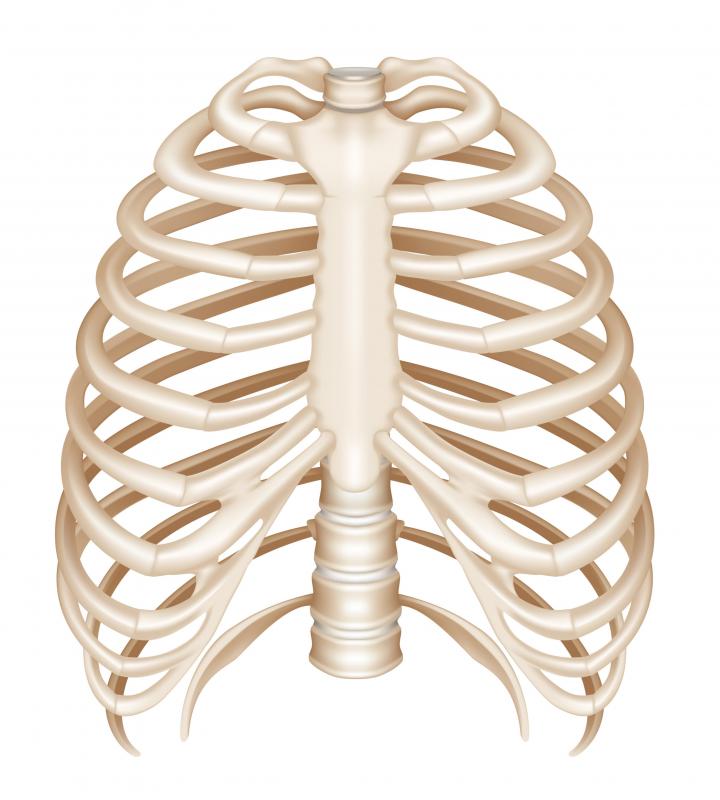At WiseGEEK, we're committed to delivering accurate, trustworthy information. Our expert-authored content is rigorously fact-checked and sourced from credible authorities. Discover how we uphold the highest standards in providing you with reliable knowledge.
What are the Different Types of Skeletal Disease?
The skeletal system contains bones, cartilage, and ligaments that provide support and protection for other systems of the human body. A skeletal disease affects the body’s ability to function, and can be defined as any irregularity of the skeletal system that causes pain or disfigurement. Some types of skeletal disease include osteoporosis, arthritis, and bacteria-related diseases. Some are benign while others can be severely debilitating.
Osteoporosis is a very common type of skeletal disease that anyone can suffer from, but occurs most often among the elderly. It is the reduction of bone density coupled with a loss of bone tissue as a result of time and lack of proper nutrients such as calcium. Symptoms are pain and tenderness of the bones, loss of height, bad posture, neck pain and back pain. Osteoporosis may also cause bones to fracture fairly easily under relatively little stress. There are a wide range of treatments for osteoporosis, which include different types of diets, drugs, and exercise regiments.

Arthritis is a skeletal disease that exists in many different forms and targets joints of the skeleton. It can result in pain, stiffness and swelling. The most common form is osteoarthritis, which occurs when cartilage between bones breaks down and causes the bones to painfully rub against one another. Another type of this disorder is rheumatoid arthritis, or an inflammation of bone joint linings, that can cause severe pain in its worst incarnations. There are many more variations of arthritis, and even more ways to relieve their symptoms, including home remedies, pain medication, different types of physical therapy and more.

Skeletal disorders that can have a multitude of variations and causes are skeletal deformities, many of which are rare, inherited diseases usually detectable at birth. A skeletal deformity can be considered to be any irregularity of the skeletal system. Some of these cause no problems and are difficult to detect, others can be seen visibly, and some can result in loss of functions and even death if left untreated.
Common deformities affect the spine, legs, and arms, and cause mobility problems. Scoliosis, for instance, is a curvature of the spine that can be crippling if left untreated. More severe varieties of skeletal disease can exist in bones such as the ribs or skull, causing serious damage to the lungs, heart, brain, and other vital organs if left untreated. Surgical procedures may be necessary for treatment of deformities that are especially harmful, after which intense physical therapy could be needed for recovery.
Another type of skeletal disease known as osteomyelitis is caused by a bacterial infection of the bones rather than genetic disorders or wear and tear. There are a variety of diseases that are caused by different types of bacteria, but the resulting symptoms are usually the same, including inflammation and pain in the affected bone. Antibiotics are typically necessary for treatment, and may need to be administered for weeks or months for the disease to go away completely.
AS FEATURED ON:
AS FEATURED ON:












Discuss this Article
Post your comments